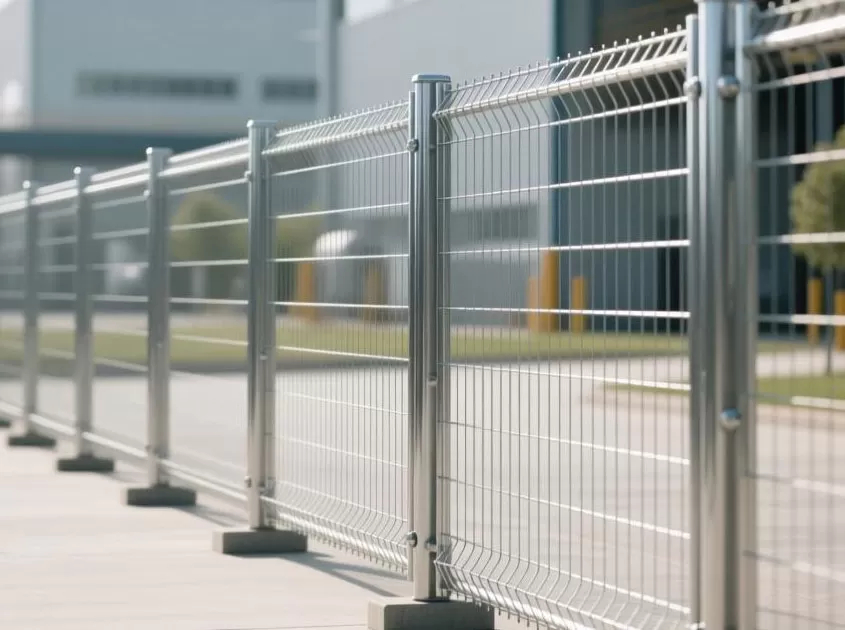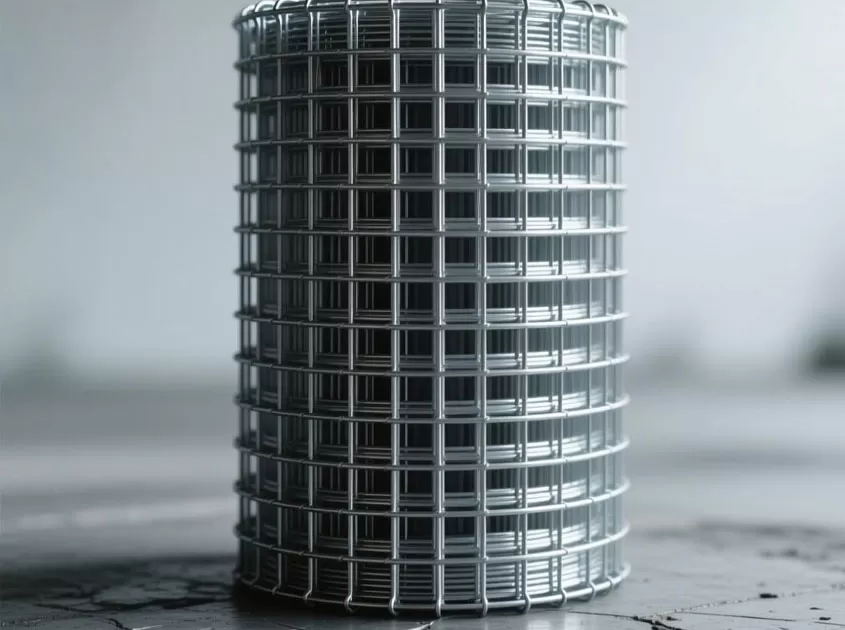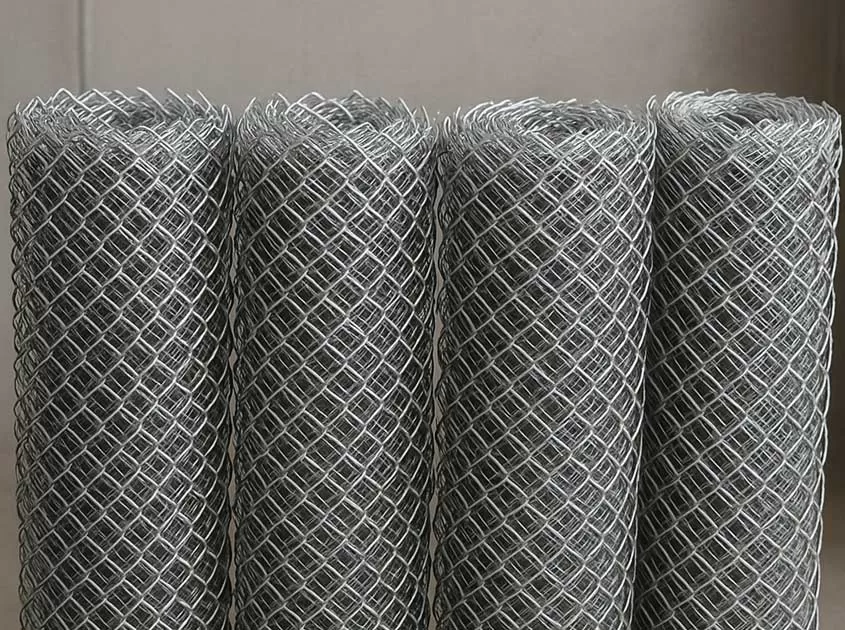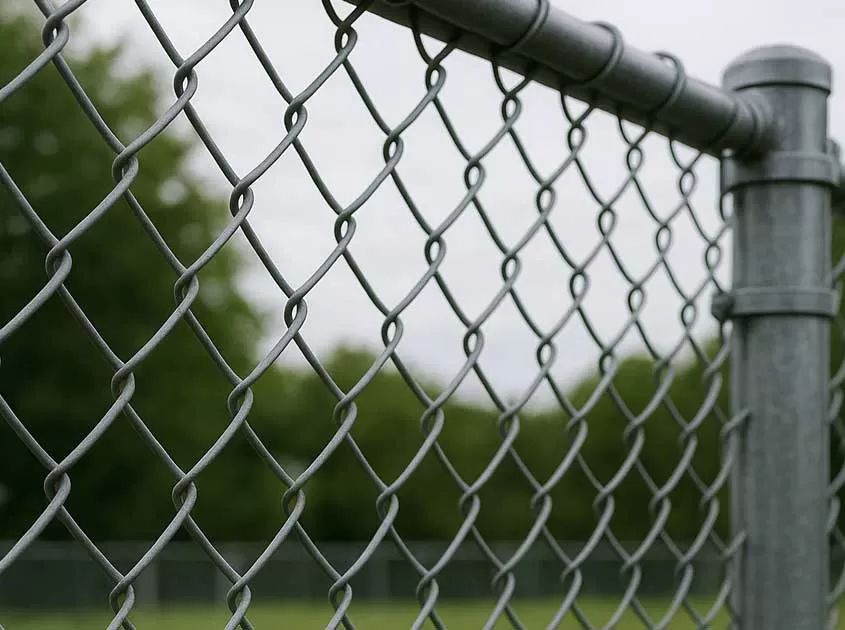A Comprehensive Guide to Welding Stainless Steel Wire Mesh
Stainless steel wire mesh finds wide-ranging applications in various industries such as filtration, sieving, and protective enclosures. Welding is a crucial technique employed to enhance the strength and durability of stainless steel wire mesh. This article serves as a comprehensive guide to welding stainless steel wire mesh, covering fundamental knowledge, welding methods, best practices, and frequently asked questions. It aims to equip readers with a deeper understanding and practical application of stainless steel wire mesh welding techniques.
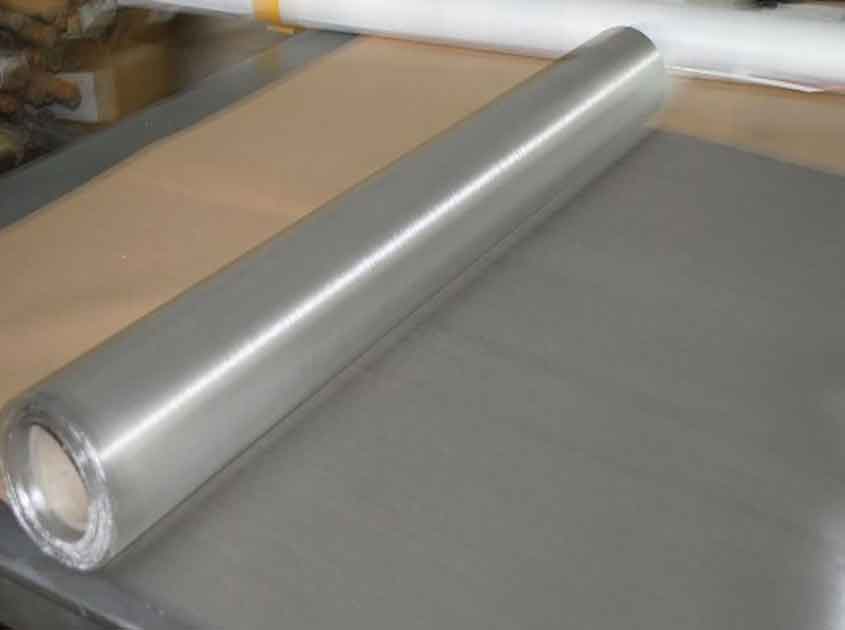
Introduction to Stainless Steel Wire Mesh:
Stainless steel wire mesh is a mesh-like structure made from stainless steel wires. It boasts attributes like corrosion resistance, high-temperature resistance, superior strength, and an appealing appearance, making it suitable for various demanding environments. The welding process for stainless steel wire mesh involves connecting stainless steel wires using either fusion or non-fusion methods to form a robust structure.
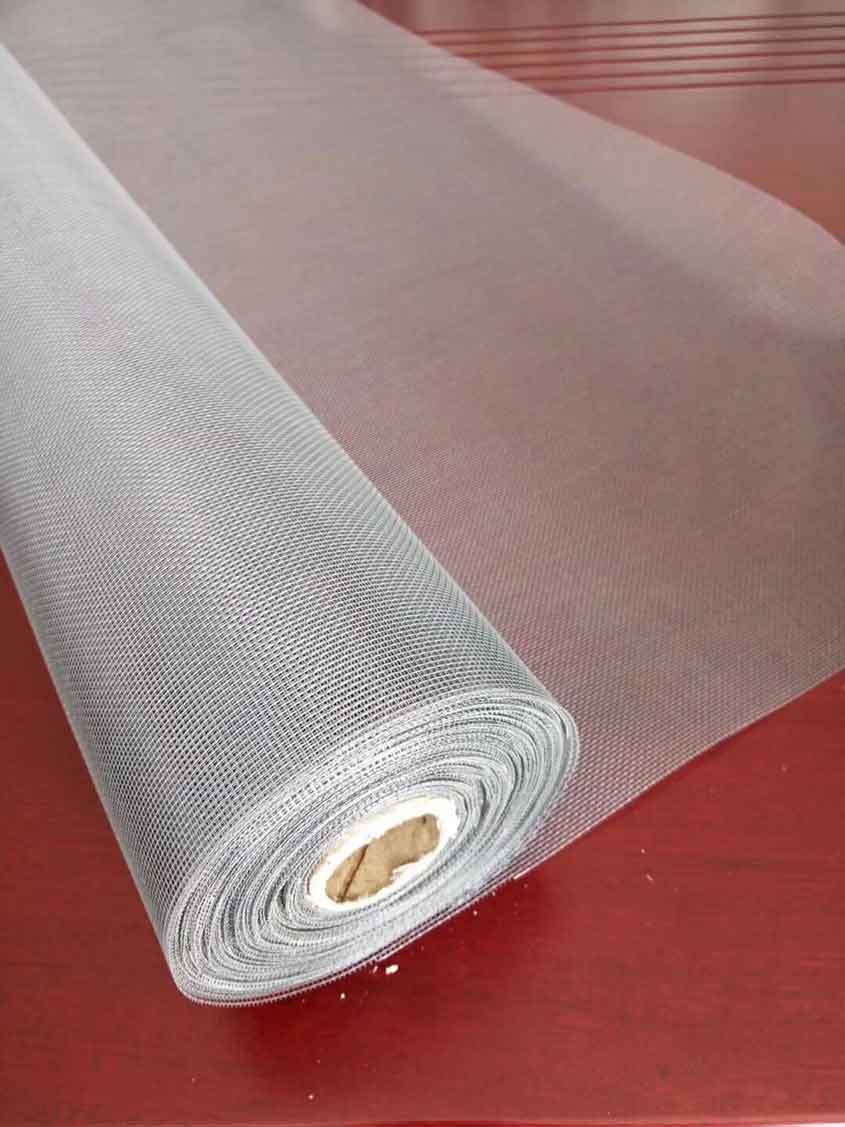
Preparing for Stainless Steel Wire Mesh Welding:
Choosing the Appropriate Stainless Steel Wire: Selecting the right stainless steel wire material is essential based on different application scenarios and requirements. Common options include 304, 316, and 316L stainless steel.
Preparing Welding Equipment: Depending on the type of welding, opt for suitable welding equipment such as:
TIG (Tungsten Inert Gas) Welding: Ideal for precision welding, providing excellent control over heat input.
MIG (Metal Inert Gas) Welding: Suitable for higher productivity and ease of use in various applications.
Spot Welding: Useful for joining specific areas of the wire mesh.
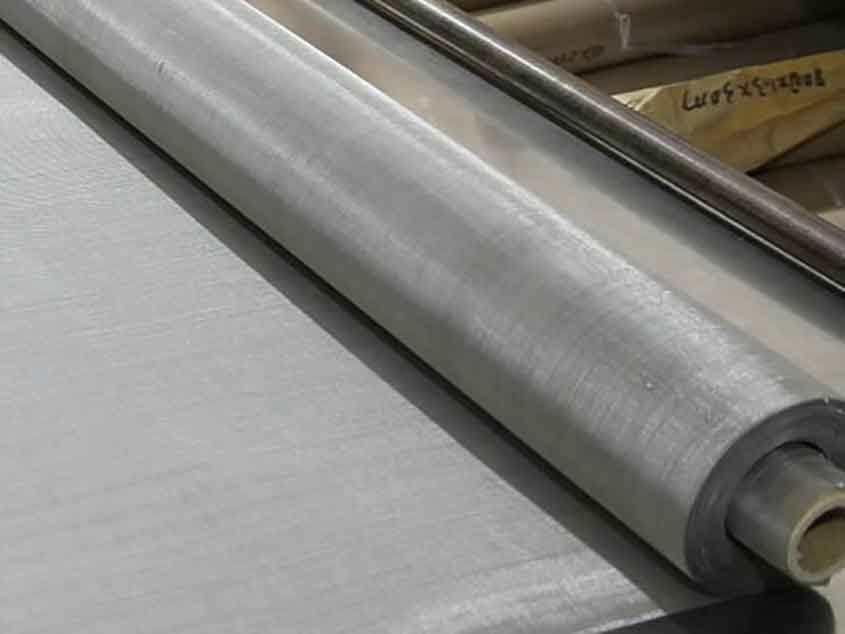
Welding Stainless Steel Wire Mesh:
Tack Welding: Secure the wire mesh in place by making temporary tack welds at critical points. This ensures alignment and prevents distortion during the main welding process.
Choosing the Right Welding Technique: Depending on the wire mesh's thickness and structural requirements, decide between butt welding, lap welding, or fillet welding.
Welding Parameters: Set the appropriate welding parameters, including welding current, voltage, and travel speed, to achieve optimum weld quality.
Controlling Heat Input: As excessive heat can cause deformation or weakening of the stainless steel wire mesh, exercise proper heat control during welding.
Welding Safety: Prioritize safety during the welding process, wearing protective gear such as gloves, goggles, and welding helmets.
-
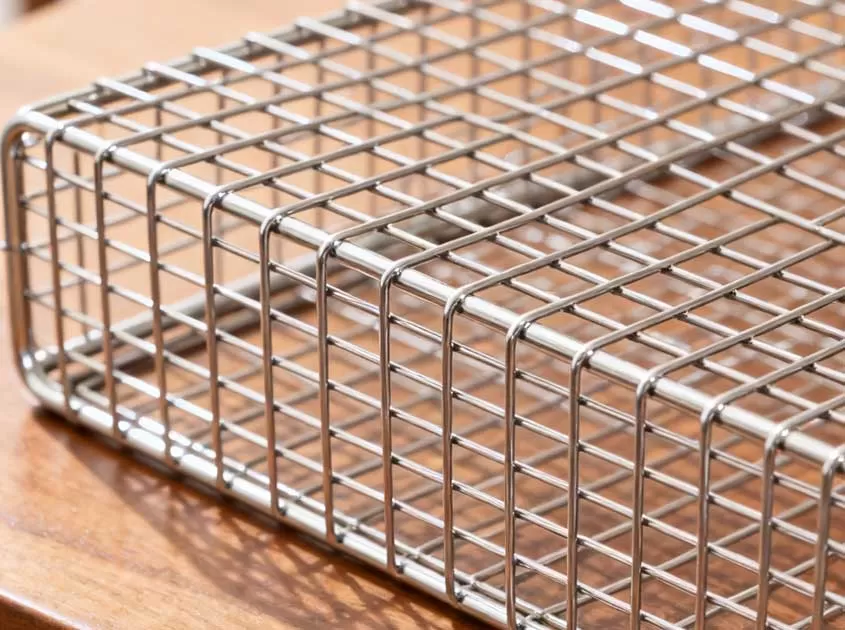 Corrosion-Resistant Stainless Steel Wire Mesh Oct 28, 2025
Corrosion-Resistant Stainless Steel Wire Mesh Oct 28, 2025

- Tel.: +86 311 83077076
- E-mail: sales@qunkunmetal.com
- Skype: qunkunsales01
- WhatsApp: 8618032412189
- Add.: No.69 The Filter Industrial Part of Anping, Hebei, China






